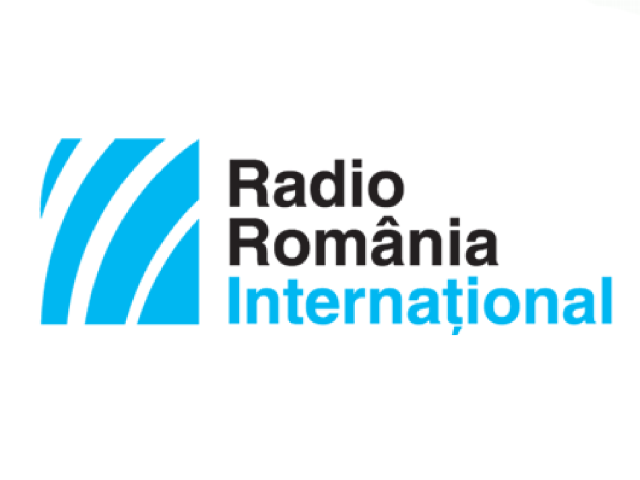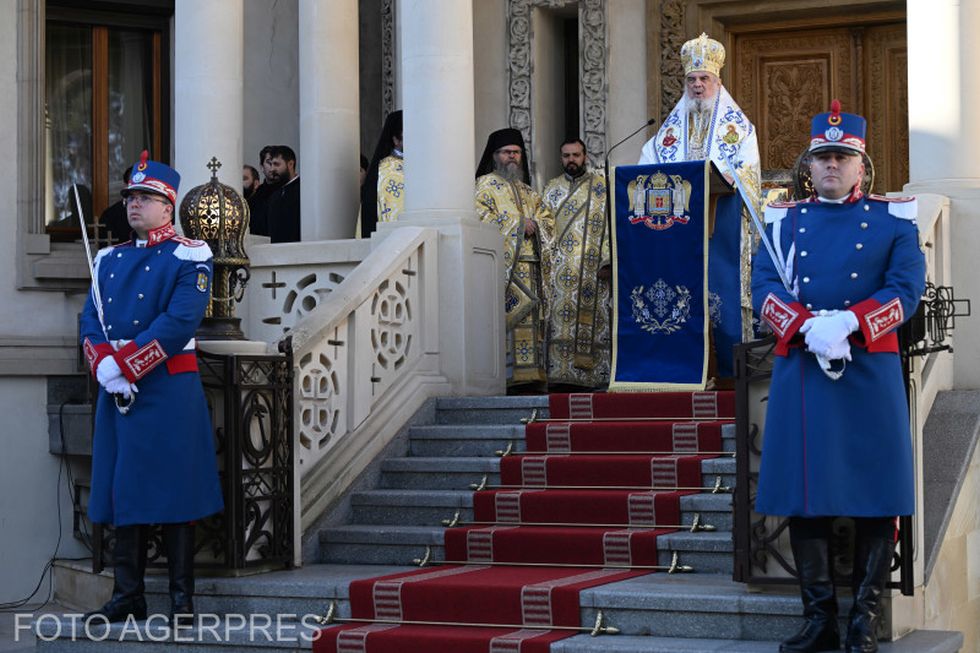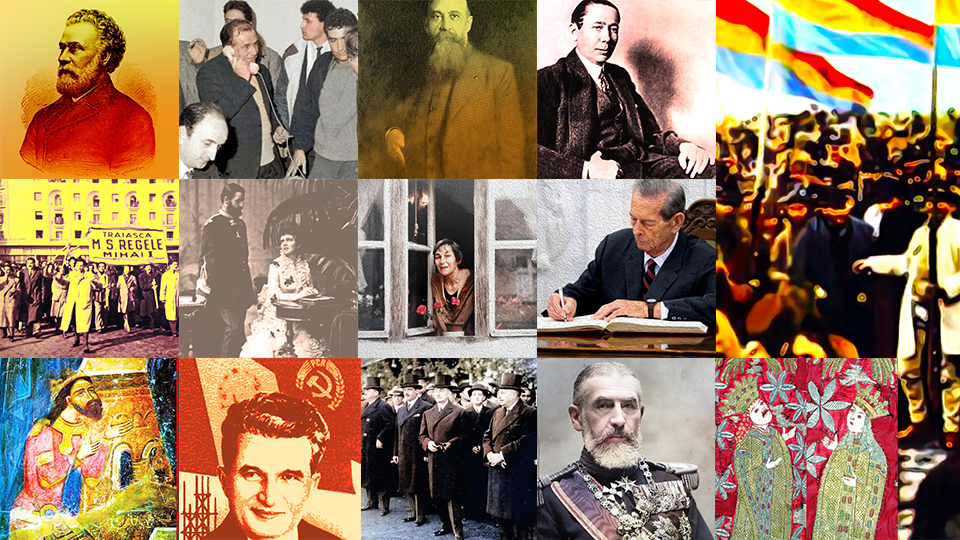The Plague in 19th Century Romania
The plague afflicted Europe for many centuries, leaving dozens of millions dead

Steliu Lambru, 11.03.2019, 13:46
In the 18th and 19th
centuries, it was dubbed ‘the Levant affliction’, the Wallachian disease’, or
‘the sticky disease’, believed to be one of the most dangerous ailments per
number of victims, and for the lack of treatment. It was spread by fleas hiding
in the fur of rats, with the bubonic plague being the most widespread form. It
manifested itself by high fever, blisters, vomiting, hemorrhage, and
hallucinations, resulting in death.
The plague was not a constant
presence in the Romanian Principalities, nor a center for its spread. Every
time it spread here, it was brought over by traders, soldiers, pilgrims, and
other travelers from the Orient, or by caravans or ships. Historian Sorin
Grigoruta, with the A. D. Xenopol History Institute of Iasi, wrote a book about
the plague and attempts to contain it. He also wrote about how the disease was
perceived and the way these perceptions reflected mentalities in centuries
past.
Sorin Grigoruta: In the centuries before the 19th, the
general conception of the plague was that it was caused by imbalances in
nature, most likely caused by astronomical factors such as the conjunction of
planets, eclipses, comets, but also by disasters such as earthquakes and
floods. It was seen as a divine punishment for the sins of mankind. In early 19th
century, while still holding on to previous misconceptions, people in the
Romanian Principalities started taking into account the human element in the
spread of the plague. After many waves of the epidemic, empirical observation
started making a contribution to action taken against the spread of the
disease. The only methods so far were running away from the centers of
infection or the banishment of the infected.
The plague was mostly an urban
disease. The measures taken by the authorities would be considered repressive
by today’s standards. Here is Sorin Grigoruta at the microphone.
Sorin Grigoruta: Aware of the fact that urban crowds increased the
risk of contamination, the authorities took drastic measures to limit human
contact. What we see back then were courts, schools, churches, and cafes being
closed down, and curfews being imposed, especially at night. Around 1785, the
ruler ordered his Sword Bearer to close down coffee houses, with coffee only
being sold at counters open into the streets. A night curfew was imposed
because the ill and the dead were taken out of the city at that time. It was
not a pleasant view, and the measure was taken in order to diminish the
emotional effect that it would have had upon the rest of the population.
Isolation was another measure taken
against the plague. Here with details is Sorin Grigoruta.
Sorin Grigoruta: The other measure taken by the authorities was to
isolate infected houses. The first form of isolation was to lock the diseased
into their homes. I would mention that this method was not limited to the
Romanian Principalities, it could be found all over Europe. If someone
survived, fine, if not, everyone in the house got infected and died. The second
form of isolation was that of taking everyone, infected or not, out of the
house, and getting the house disinfected, so to say. This could be simply
airing it or cleaning it up, but could go as far as partial or total
destruction, with fire being most often the purifying agent. Stefan
Episcupescu, who dubbed the plague ‘spirit of death’, wrote in 1824 what the
means for protecting against the plague were. I quote from what he wrote: ‘of
all the cures known to the physician’s knowledge we have water, vinegar, and
fire as the strongest and most powerful against the affliction of the plague.
Water washes and cleanses the affliction, vinegar’s vapors weakens the rush of
the affliction, while the fire draws out the plague’s spirit itself away from
afar, burning and extinguishing it.’
The most effective method of
combating the plague in Western Europe was quarantining. The first European
quarantine was in the port of Ragusa, which compelled every ship coming from
the Orient to stay at anchor outside the port for 40 days. The idea was
imitated by other European ports and cities as well. On dry land, the Austrian
sanitary blockade was extremely effective, and was based on military borders.
The Russian quarantine was temporary, held only for the duration of the
epidemic, and was largely ineffective. In the Romanian space, the quarantine
was used, also in a less than effective way.
Sorin Grigoruta: Without consciously aiming at the factor that
spread the plague, gradually, all the measures that isolated the sick or the
suspected victims started yielding results. As a result, the next step was to
check and isolate for a few days the people that came from the areas affected
by the plague, be it within the country or from abroad. At the same time, a system of health messages
and notes started circulating, attesting to the fact that the person did not
arrive from an area unaffected by the plague. This is how domestic or foreign
quarantines came to be. They were known in domestic documents as lazarettos,
and these isolation grounds were improvised in the points of entry into cities
or villages. A few houses were requisitioned to house the quarantined, as well
as the personnel in charge of treatment.
The plague disappeared from the
Romanian Principalities around mid-19th century, alongside the
appearance of the modern state and its hard borders.






























